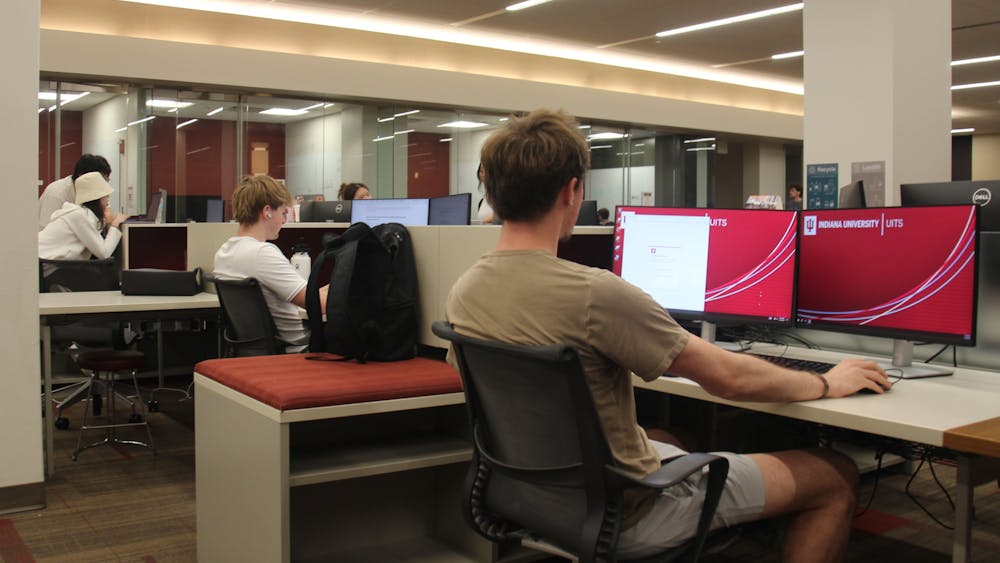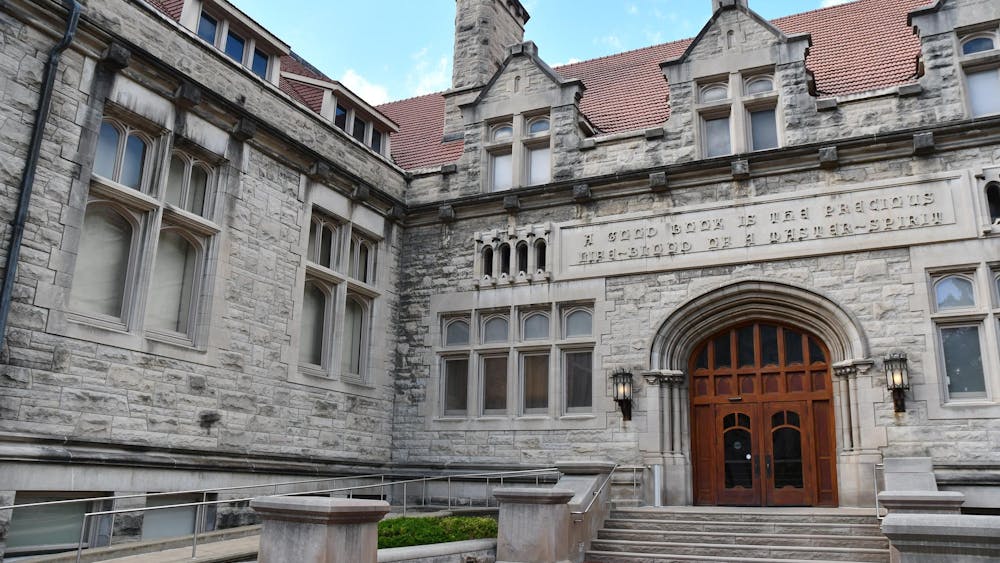As I watched director Jordan Peele’s “Get Out,” America’s highest-grossing film by a black director, I noticed a scene in which an Asian man takes part in an auction for the protagonist’s life.
While this role is a small one, largely insignificant to the film’s overall commentary on racism in modern America, it does perpetuate the myth that Asian-Americans are some kind of model minority.
But this moniker conceals the fact that Asian-Americans, until quite recently, were considered to be no better than any other minority group.
It also marginalizes the struggles of the Asian-American community, in both the past and present.
It is true that, compared to other racial groups in the United States, Asian-Americans do remarkably well, as a whole.
They have the highest level of income among all minorities and are the most educated, according to Pew Research Group.
These statistics help cement the idea that Asian-Americans are a model racial group in United States, to which other ethnic groups should be compared.
However, this view distorts the real truth of the model minority myth.
Until the 1940s, the income level of Asian-Americans was remarkably lower than African-Americans. And that disparity wasn’t due to education rates, which haven’t changed much since then, according to the Washington Post.
What changed over the latter half of the 20th century were the attitudes of white Americans toward their Asian counterparts.
Beginning in 1882, Chinese immigrants were banned from entering the United States under the Chinese Exclusion Act, which was made permanent in 1902, until it was eventually lifted in 1943.
In that time, Chinese immigrants were marginalized, struggled with unfair hiring practices and faced threats of mob violence, according to the University of California.
Japanese-Americans were also discriminated against and forced to work domestic jobs or as agricultural laborers.
The history of the model minority certainly seems counter to the public perception of these groups today.
By accepting the title of model minority, Asian-Americans hurt themselves by ignoring the fact that, just a few decades ago, we weren’t considered to be any better than other minority groups.
We prevent ourselves from combating the racism that stills pervades our society and affects us directly.
The Asian-Americans Advancing Justice Center demonstrates the stark contrasts that exist within Asian-Americans. Certain ethnic groups are more prevalent on the upper-end of the socioeconomic ladder, while recent immigrants and under-educated immigrants live largely below the poverty line.
While discriminatory patterns of behavior that negatively affected Asian-Americans—like workplace discrimination, police profiling and housing disparities—decreased significantly after the 1940s, we seem to have forgotten that those practices are still in place for other minority groups in the United States.
By continually ignoring the problems that other minority groups face, as if these issues don’t affect us, we ignore the harsh reality that if those practices were still in effect today, we would be in the same situation as many of the other racial groups in the United States.





